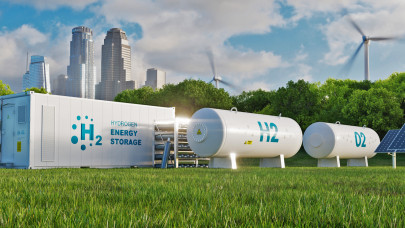Currently, PGE's most advanced energy storage initiative is the Żarnowiec Battery Energy Storage System, with a capacity of 262 MW and storage potential of around 981 MWh, scheduled to begin operations in 2027.
As the share of renewable energy sources in the National Power System increases, there is a growing need for new services to ensure a stable and secure energy supply. Energy storage systems are a crucial element of Poland's energy transformation, supporting climate goals and reducing dependence on imported fossil fuels. According to Minister of State Assets Jakub Jaworowski, the development of these storage projects ensures Poland's energy security and strengthens the competitiveness of its economy on both European and global markets.
At present, PGE operates storage facilities with a total capacity of nearly 7,000 MWh. Over the next decade, planned investments will boost this to over 17,000 MWh. This includes six large-scale battery storage systems with a combined capacity of over 4,000 MWh. Among them is the Żarnowiec facility in the Pomeranian region. Additional investments are planned in Gryfino (West Pomeranian Voivodeship), Rybnik (Silesia), Rogowiec (Łódź), and Kraków (Lesser Poland). PGE is also working on a project to deploy 75 distributed energy storage systems across the country, totaling over 6,000 MWh in capacity.
Energy storage plays a vital role in supporting an electricity system increasingly dominated by weather-dependent renewables. These facilities help integrate more renewable energy by reducing the need for non-market redispatch of green sources. Storage systems also partly substitute for expanding the distribution network, enabling higher grid capacity for prosumers. Furthermore, they bring environmental benefits by lowering the reliance on coal-fired power during peak demand, leading to reduced CO2 emissions.














